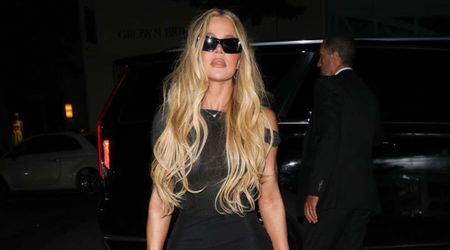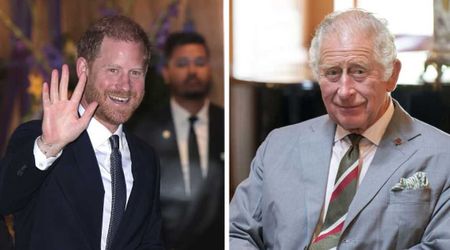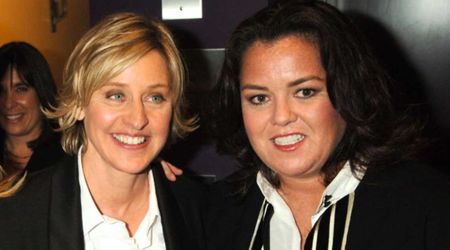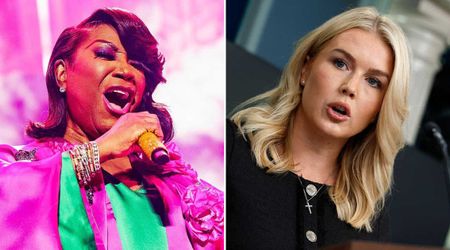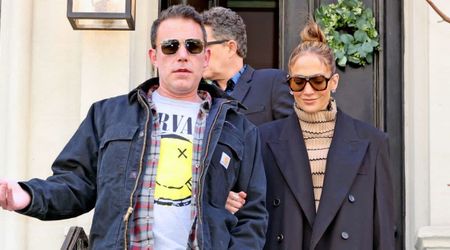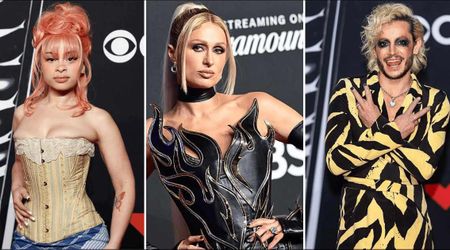'3 Body Problem': 6 biggest differences between Netflix series and Cixin Liu's sci-fi novel
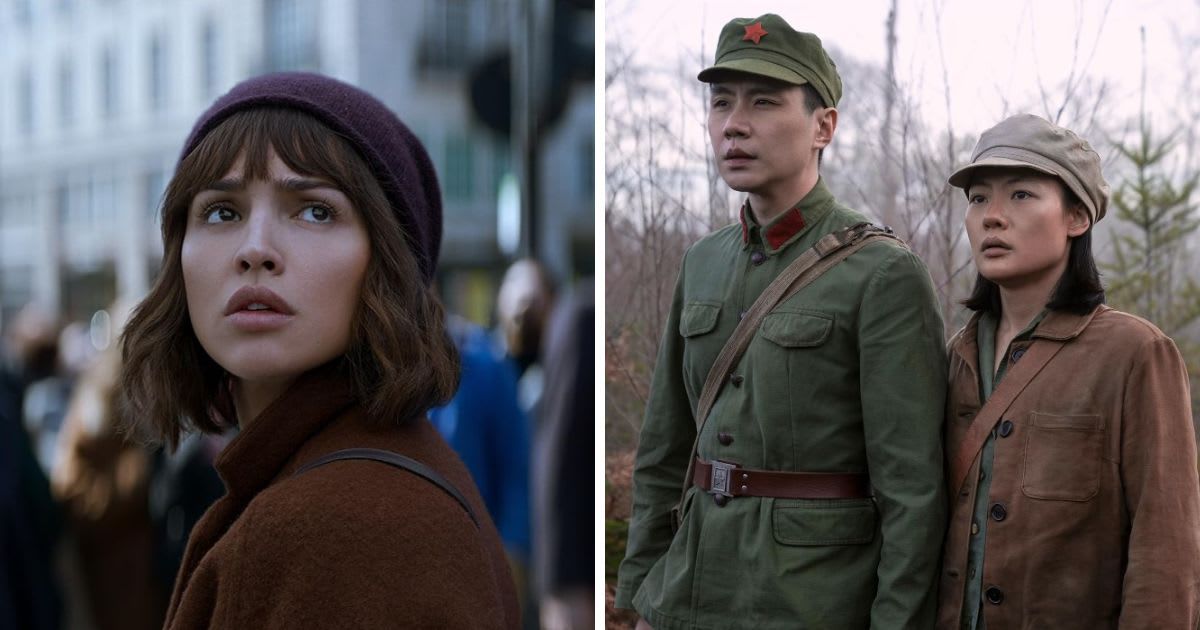
'3 Body Problem': 6 ways Netflix series differs from the book

Netflix recently released the sci-fi series '3 Body Problems'. In doing so, the 'Game of Thrones' famed showrunners David Benioff and DB Weiss along with Emmy-nominated writer and producer Alexander Woo have left no stone unturned to adapt one of the most difficult and convoluted series to the screen. However, the first season of the Netflix series has a few deviations from the original book. Here are six such deviations as seen in the first season of Netflix's '3 Body Problems'.
1. Characters are altered

The protagonist or rather protagonists differ significantly from the book. In the novel, 'The Three-Body Problem', the protagonist is a one-man army - Wang Miao. While Miao experiences the entire series of events starting from the Trisolarans visiting earth to playing the Three-Body Problem game, meeting enigmatic detective Da Shi, attending ETO (Earth-Trisolaris Organization) meetings among others. In the Netflix series, the character of Wang Miao is divided into five different charcters - a group of friends who studies together at Oxford. Though the introductory chapters of Ye Wenjie getting disenchanted with the human race and sending a message to the aliens get faithfully adapted to the series, the rest of the characters get modified in the show. While Miao gets gender flipped to nanotechnology researcher Auggie Salazar, who first has the vision of the ominous countdowns, the other four characters are morphed from the second and the third book. Apart from Auggie, the Oxford Five consists of the Kiwi physicist Jin Cheng (Jess Hong), American research assistant Saul Durand (Jovan Adepo), British high-school teacher Will Downing (Alex Sharp) and millionaire Jack Rooney (John Bradley).
2. The nature of the Game

The Three Body Problem game remains mostly unchanged in the series. However, the method of playing gets changed - in the book the game is played through an advanced virtual reality suit, whereas in the series, the game is played through a virtual reality chrome helmet. The chrome helmet is developed with the technology coming from the Trisolaran society.
3. The chronology of events

The showrunners do not adapt the trilogy in linear progression. Rather, the Netflix show uses some elements from the second book of the series 'The Dark Forest' including the story of the Wallfacers. In fact, towards the end of the series, audience will realize Saul is the adaptation of Luo Ji, the protagonist of the second tome. Though the introduction remains the same with Wenjie's story, the series also has elements from the third book, 'Death's End', per Men's Health.
4. Sophon appears much earlier

Sophons - the aliens' omniscient supercomputer weapon against mankind - appears earlier in the show. In Liu's third novel, 'Death's End', Sophon is introduced as the robot emissary of the Trisolarans. However, in Netflix's '3 Body Problem', Sophon appears much earlier in the form of a katana-bearing woman (played by Sea Shimooka).
5. Aliens get a changed name

Interestingly, the name of the alien civilization in the series is based on the name used by Cixin Liu's book 'The Three Body Problem'. In the original Chinese book, the aliens are called San-Ti, meaning "three-body" in Mandarin. In Ken Liu's English translation, the aliens are called Trisolarans because of their three suns. The series follows the Chinese book in naming the aliens, per Vulture.
6. Changed story of the Wallfacer

Towards the end of the series, viewers understand Saul is basically the Netflix series' take on the character of Luo Ji. In the season finale, San-Ti make murder attempts on Saul before he is offered the position of Wallfacer. It is shown to be a mysterious project by the UN where three people are tasked with findind defense systems against the aliens. However, Saul has no idea why he was selected for the role. He gets an obscure hint from Ye Wenjie before she dies. While in the series, she tells an obscure joke about Einstein going to Heaven, in 'The Dark Forest', she tells him to investigate the field of "cosmic sociology.”

